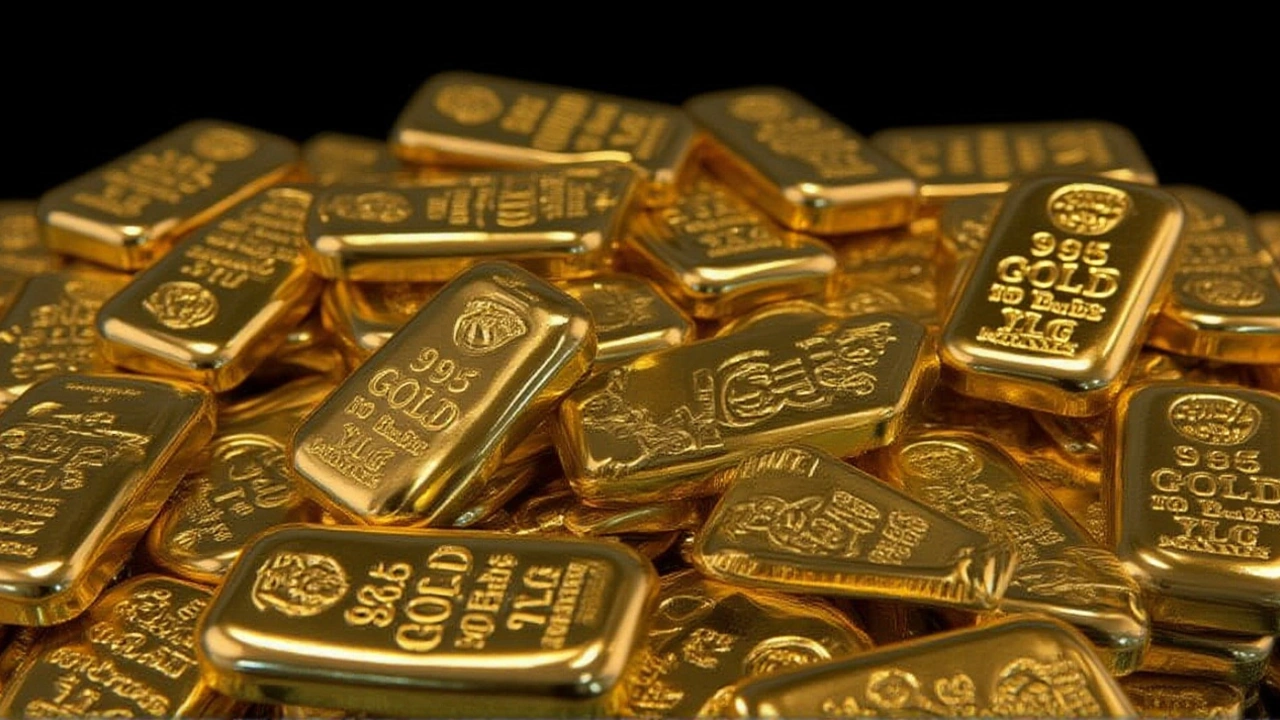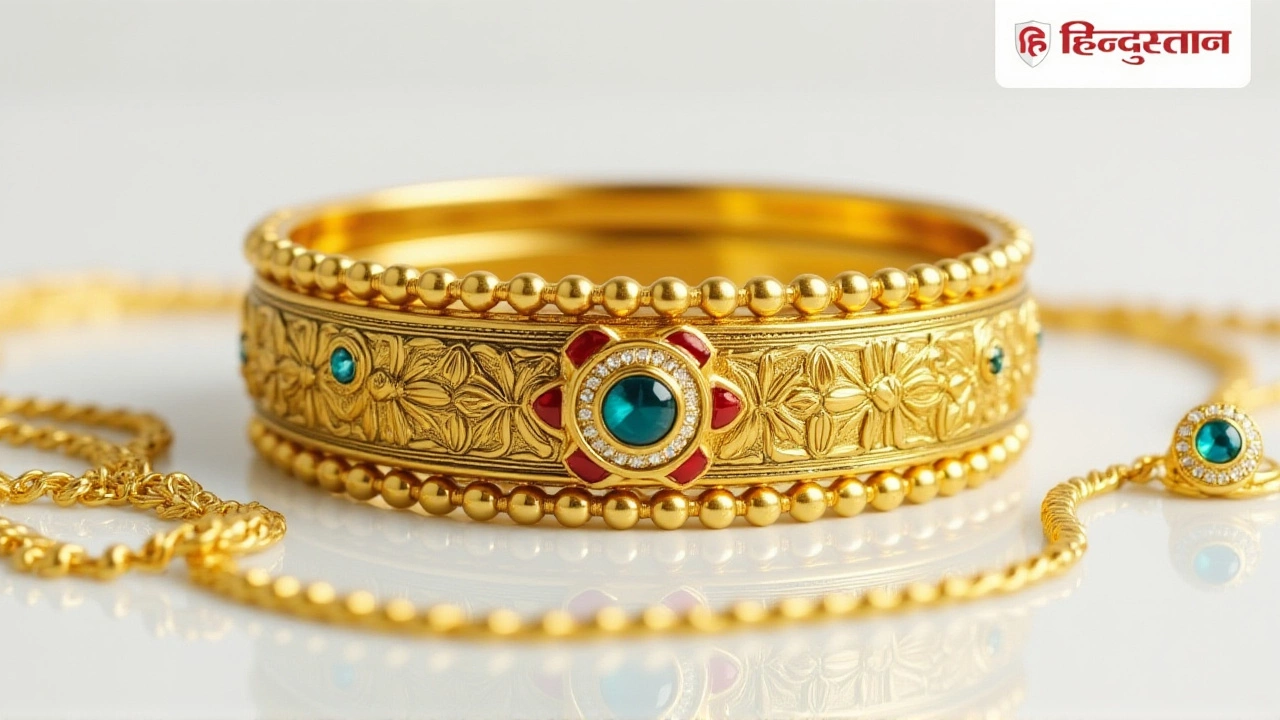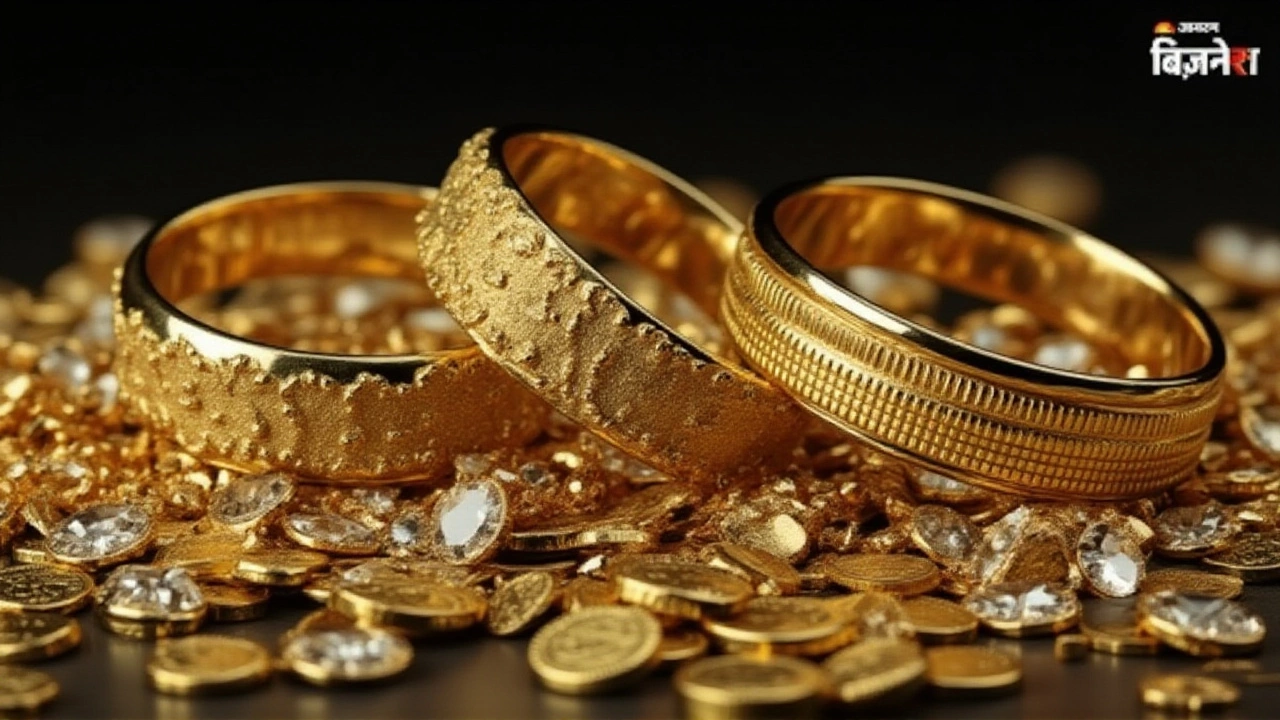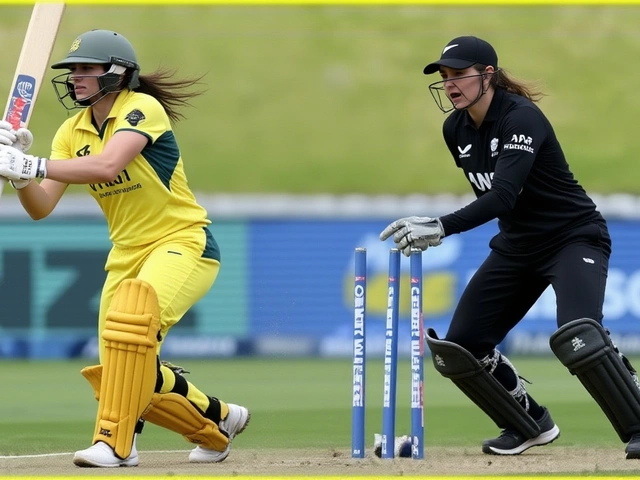When Dhanteras 2025India kicked off on October 17, the nation’s Narendra Modi, Prime Minister of India, sent heartfelt greetings, while traders watched gold prices swing like a pendulum. By 8:00 AM IST on October 18, the Multi Commodity Exchange (MCX) quoted 24‑carat gold at Rs 1,27,320 per 10 grams, a figure that left both jubilant buyers and nervous sellers wondering what the next few days would bring.
Why Dhanteras Matters for the Metals Market
The auspicious day is traditionally seen as the best time to buy gold, silver, and kitchen utensils. It’s not just superstition; the retail surge accounts for roughly 30 % of annual jewellery turnover, according to the All India Gem and Jewellery Domestic Council (GJC). That’s why any price wobble on Dhanteras sends ripples through the broader economy.
Snapshot: Prices Across Key Indian Cities
In Delhi, 24‑carat gold touched Rs 1,34,800 per 10 grams (taxes included), a staggering 65 % jump from the Rs 81,400 level recorded during Dhanteras 2024. Silver in the capital wasn’t far behind, climbing to Rs 1,77,000 per kilogram. Meanwhile, the Economic Times reported that Chennai’s 24K gold priced at Rs 13,037 per gram and Mumbai’s at Rs 13,086 per gram, showing the market is uniformly inflated.
GoodReturns data added another layer: as of October 18, 24‑karat gold averaged Rs 13,086 per gram nationwide, with a high of Rs 13,277 on October 17 and a low of Rs 11,853 on October 3, marking a 9.75 % month‑on‑month rise.
Market Corrections: The Friday Dip
Just two days earlier, on October 16, the MCX gold contract fell about 3 % to Rs 1,25,957 after peaking at a record Rs 1,32,294. Silver slid even harder—over 8 %—dropping from Rs 1,70,415 to Rs 1,53,929 per kilogram. The Indian Express linked the slump to profit‑taking as geopolitical tensions eased, prompting traders to lock in gains.
“We saw a classic ‘sell‑the‑news’ reaction,” said a senior analyst at a Delhi brokerage (who asked to remain unnamed). “When the headline risk receded, the market simply corrected itself.”
Despite the pull‑back, futures on MCX closed higher for both metals on the following day, suggesting underlying demand remains robust.

Industry Outlook: Sales Forecasts vs. Price Headwinds
GJC chairman Rajesh Rokde told PTI that the sector expects a 40–45 % year‑on‑year increase in sales value this festive season. Yet he cautioned that "record‑high prices could shave up to 15 % off volume compared with last year," a scenario that could strain smaller jewellers.
Rokde added, “We anticipate the momentum to pick up after the muhurat time, especially because Dhanteras falls on a weekend this year.” The muhurat—an auspicious timing window—ends at 1:45 PM on Sunday, October 18, and historically it fuels a surge in footfall.
Retailers in Delhi, Chennai, Mumbai, and Hyderabad have already reported a mixed bag: online traffic is up 22 % YoY, but average basket size is down 5 % as shoppers weigh the premium against their budgets.
Regional Differences: What Buyers Should Look For
In Chennai, 22‑karat gold is Rs 11,950 per gram, slightly cheaper than Delhi’s Rs 12,010. Mumbai and Hyderabad sit at Rs 11,995, making them attractive for bulk purchases. However, local taxes and making charges can erode the headline advantage.
Silver, meanwhile, has shown a modest rebound after the 8 % dip, with the Economic Times noting a 2 % uptick in spot prices on October 18. That’s still below the Rs 1,70,000 per kilogram peak from early October, so bargain hunters might still find deals.
For first‑time buyers, the advice is simple: compare certified dealer rates, factor in GST, and consider buying during the muhurat window when traditionally prices dip marginally.

Looking Ahead: Diwali, the Rest of 2025, and Beyond
Diwali, the Festival of Lights, follows Dhanteras and typically amplifies jewellery sales by another 20‑30 % over the Dhanteras baseline. Analysts at BloombergNEF project that if gold maintains its current trajectory, the 2025 average could settle around Rs 13,200 per gram, edging closer to the historic Rs 13,500 barrier.
Central Bank of India (RBI) watchers are also keeping an eye on the rupee’s exchange rate, which currently sits at 83.5 per US dollar, a level that makes imported gold marginally cheaper than last year’s 84.2. Should the rupee strengthen, we could see a modest price correction before the festive peak.
In short, the market is a roller‑coaster, but the underlying demand‑driven fundamentals—cultural significance, wealth‑preservation motives, and a growing middle class—remain solid. Expect volatility, but also expect the Indian gold‑buying season to finish strong.
Frequently Asked Questions
How will the high gold prices affect first‑time buyers during Dhanteras?
First‑timers are likely to face tighter budgets; many will compare certified dealer rates, factor in GST, and try to purchase during the muhurat window when prices historically dip a few percent. Some may also consider silver as a more affordable entry point.
What caused the sharp correction on October 16?
The dip was driven by profit‑taking after a week of record highs, combined with eased geopolitical tensions that lowered risk premiums. Traders seized the opportunity to lock in gains, pulling gold down 3 % and silver more than 8 %.
Which Indian city offers the best value for 24‑carat gold right now?
Based on the latest data, Chennai’s 24‑carat gold at Rs 13,037 per gram is marginally cheaper than Delhi’s Rs 13,101, making it the most cost‑effective major market after accounting for local taxes.
What are experts predicting for gold prices ahead of Diwali?
Analysts expect a modest rise, with average retail prices possibly reaching Rs 13,200 per gram. The dip in the rupee’s exchange rate could soften the ascent, but cultural demand will likely keep prices on an upward trend.
Is silver still a viable investment during the Dhanteras period?
Silver has recovered slightly after an 8 % slide, and its price dip of Rs 13 per gram makes it comparatively affordable. For investors seeking exposure without the premium of gold, silver remains an attractive option.





